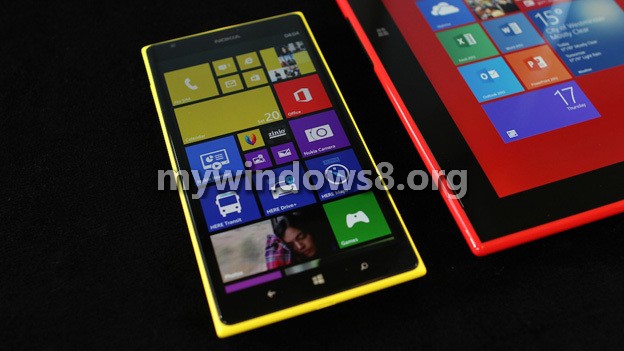Nokia has been introducing smart-phones in the market which comes with Microsoft’s Windows Phone operating system since late 2011 and the devices have invariably boasted former-generation of system-on-chips and screens. At the present moment, Nokia has extended out with a proper explanation regarding their hardware selections in an interview held off late.

The company has put forward that, to introduce these devices with more fresh chipsets and high resolution displays and they demanded the involvement of Microsoft just as much as their own selves, since the operating system itself was deficient of the support for enforcing them. Nokia’s Vice-President of software program management, Samuli Hanninen stated that they also necessitated to have apps and user experience prepared to vindicate the bigger screens.
Samuli acknowledged that Nokia has been running a bit late in introducing Full HD screens to their phones, but taking into consideration to processors took a firm stand that Nokia wouldn’t have preferred for quad core chips last year even if Windows Phone had affirmed them, due to unimposing execution and short-lived battery life which being one of the major precedences of Nokia when it arrives to quality.
Nokia introduced dual-core Windows Phone 8 devices while contender phone makers had already set in motion the flagships along with the quad-cores. Now, Snapdragon 800 quad core chip appears to have eventually won over Nokia that the time for high functioning chips has arrived for them, as they are presently given away in both Lumia 1520 and 2520 which were introduced at Nokia World Conference 2013 in Abu Dhabi.
Nokia has issued some genuinely good smart-phones like the Lumia 920, 925 and 1020 as of late, with prodigious imaging technologies such as OIS, a 41 megapixel sensor and so forth which in all probability could have profited from the quad core processors, but as the company did not encounter the profits very impressive and vivid and also the technical restrictions of Windows Phone 8 before Update 3 held back the potential execution.

